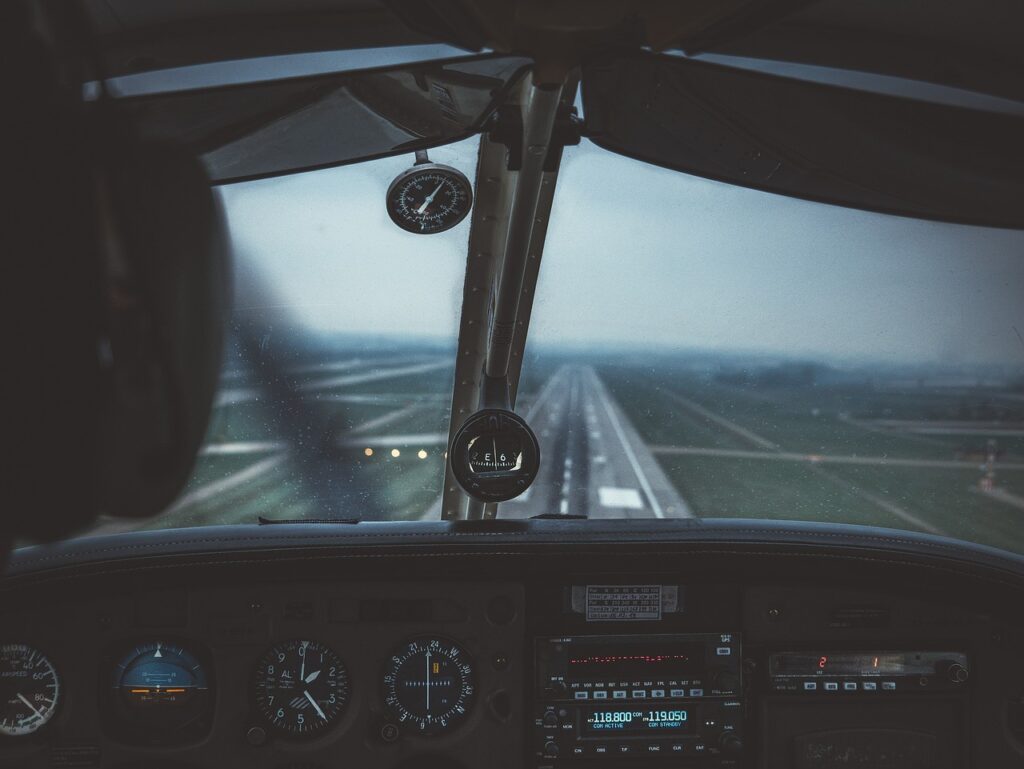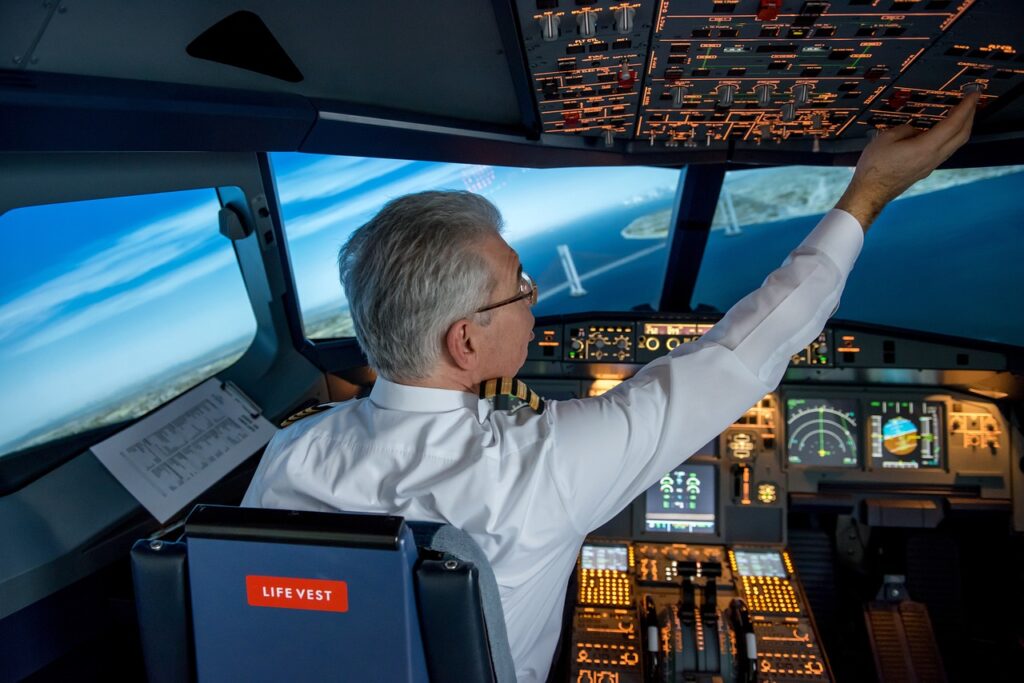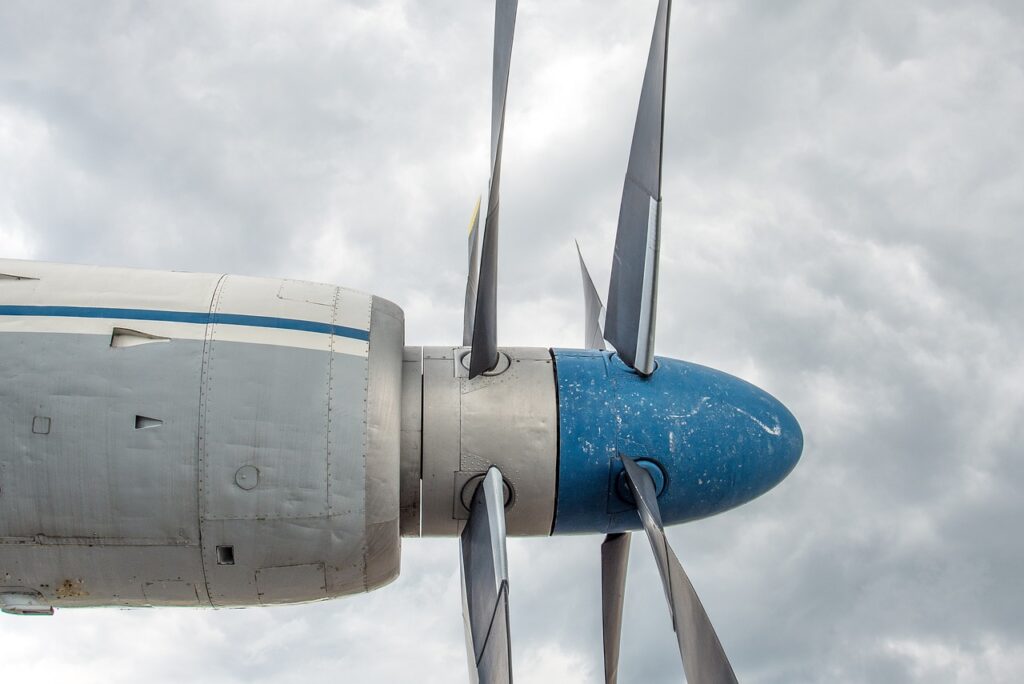



When it comes to traveling long distances, people have several modes of transportation to choose from. While some prefer to drive or take a train, flying has become the go-to choice for many individuals. Despite occasional fears and concerns, flying is actually one of the safest ways to travel.
The aviation industry is highly regulated and governed by strict safety protocols. Aircraft manufacturers, airlines, and regulatory bodies like the Federal Aviation Administration (FAA) constantly work together to enhance safety measures. From the design and manufacturing of airplanes to maintenance, pilot training, and air traffic control, every aspect of the aviation industry is subject to meticulous oversight.
Airplanes are marvels of modern engineering. They are built to withstand extreme weather conditions, turbulence, and other challenges that may arise during flights. Advanced technology and cutting-edge materials are used to construct aircraft, making them more robust and resistant to potential risks. Additionally, continuous advancements in aviation technology, such as sophisticated navigation systems and weather monitoring tools, contribute to the overall safety of flying.

Pilots undergo extensive training and must meet stringent requirements before they can operate airplanes. They are required to obtain the necessary licenses and certifications, accumulate a specific number of flight hours, and undergo recurrent training to stay up-to-date with the latest procedures and regulations. The expertise and experience of pilots play a crucial role in ensuring the safety of every flight.
Airlines, as well as aircraft used for private aviation, must adhere to rigorous maintenance schedules and conduct regular inspections. These maintenance routines involve thorough checks of the engines, control systems, and other crucial components. Any necessary repairs or replacements are promptly addressed to ensure the aircraft is always in optimal condition. By maintaining aircraft to the highest standards, airlines significantly reduce the chances of mechanical failures during flights.
The aviation industry is well-prepared to handle certain situations should they ever arise. Each aircraft is equipped with safety features. Flight crew undergo rigorous training to handle various scenarios, ensuring the safety and well-being of passengers. Moreover, pilots are trained to handle critical situations and are capable of making split-second decisions to minimize risks.
Air traffic control (ATC) systems are in place to monitor and direct aircraft throughout their journey. ATC ensures that planes maintain safe distances from each other and follow predetermined flight paths. By effectively managing air traffic, the risk of mid-air collisions is significantly reduced. Moreover, ATC keeps pilots informed about weather conditions, temporary flight restrictions, and any potential hazards, allowing them to make informed decisions during flights.
The aviation industry is committed to continuous learning and improvement. After any incident or accident, a comprehensive investigation is conducted to identify the cause and implement preventive measures. The insights gained from these investigations are shared across the industry, allowing airlines and manufacturers to enhance safety standards and practices. The culture of learning from past experiences and constantly striving for improvement has made flying even safer over time.

One of the most significant advantages of flying over driving is the stark contrast in accident statistics. The National Highway Traffic Safety Administration (NHTSA) reports that auto accidents are a top cause of death worldwide. In the United States alone, motor vehicle accidents claim thousands of lives each year.
In contrast, aviation accidents are relatively rare. The International Air Transport Association (IATA) reported that 2017 marked the safest year on record for commercial aviation. Statistics also show that on average, there is only one major accident for every 5.58 million flights. These statistics clearly demonstrate the significant disparity in safety levels between flying and driving.
Factors contributing to the higher safety standards of flying include the rigorous safety regulations, advanced technology, and continuous improvement efforts within the aviation industry. Additionally, flying offers the advantage of avoiding many common risks associated with driving, such as collisions at intersections, reckless driving, and adverse road conditions.
While driving allows for a sense of control and flexibility, it is important to recognize that the risks associated with it are inherently higher compared to flying. By opting for air travel, individuals can significantly reduce their exposure to potential hazards on the road and enjoy a safer journey overall.
At JetMembership.com, we make our clients’ safety a top priority. Enroll in our membership program today and choose the safest mode of transportation available every time you travel. Additionally, by being a member of our program, you can take advantage of exclusive wholesale rates.

Considering all the facts presented, it is evident that flying is the safest mode of transportation available today. Next time you plan a trip, remember the remarkable safety record of the aviation industry. Choose flying as your preferred mode of transportation and experience the convenience, speed, and most importantly, the safety it offers. Contact us today!